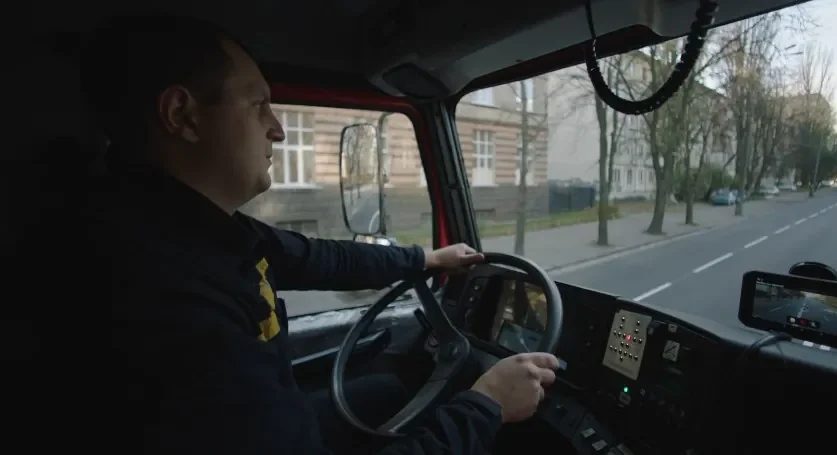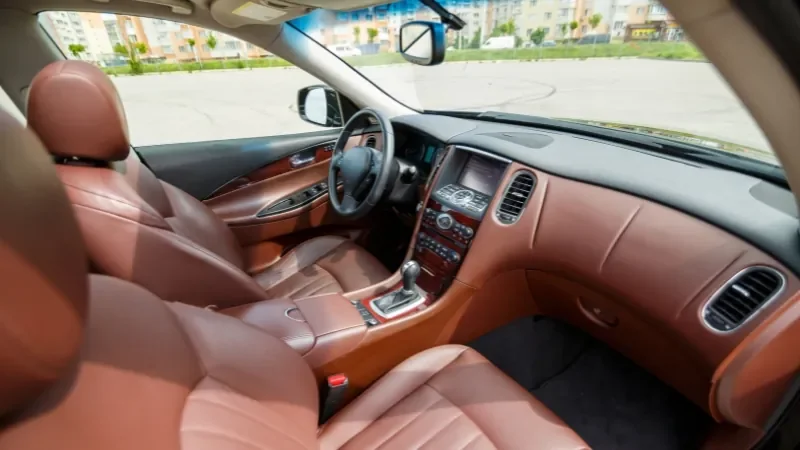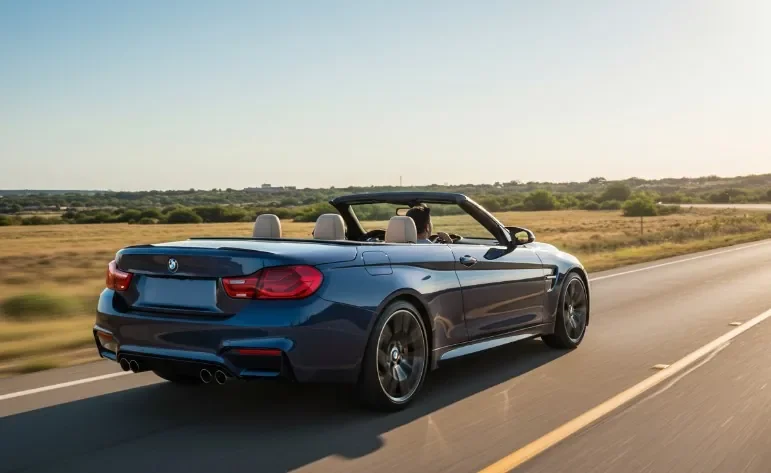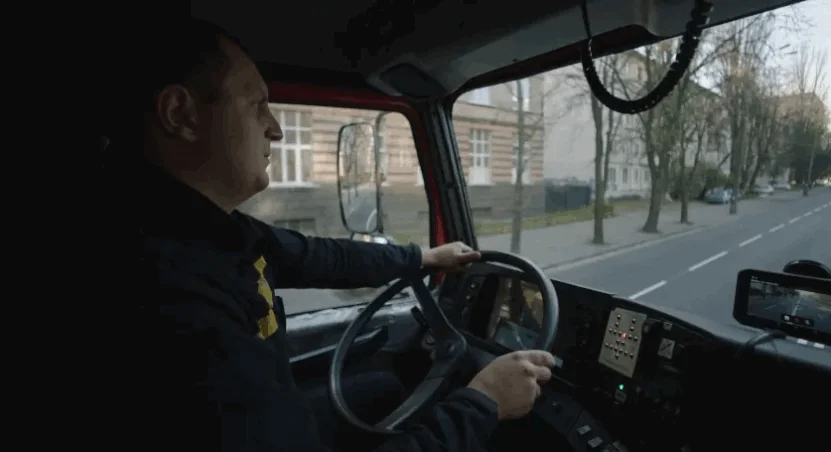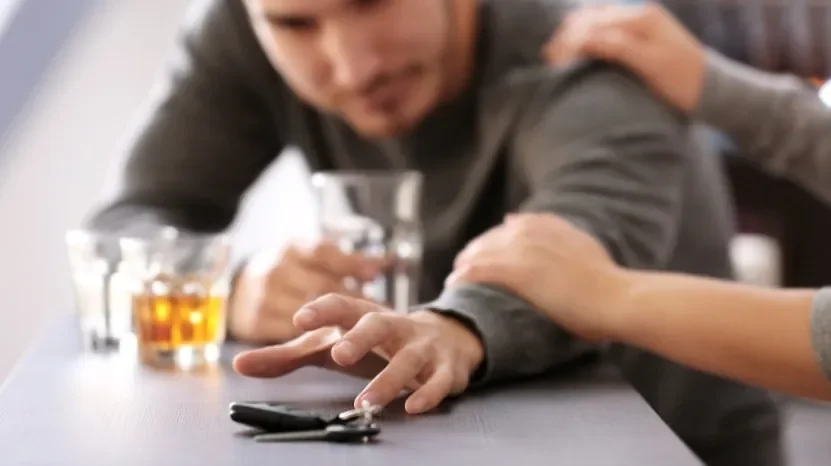
Share Post:
When it comes to alcohol and driving, every line on the breathalyzer can carry serious consequences.
A couple of drinks at dinner might feel harmless, but depending on where you are, your age, and your blood alcohol concentration (BAC), you could be putting yourself, and others, at real risk—legally and physically.
Every U.S. state has BAC laws in place, but there are key differences depending on your age, your license type, and just how high that number climbs.
Let’s break down what you need to know, how the laws work across the country, and why that 0.08% number you keep hearing about is only the start of the conversation.
State-by-State Legal BAC Limits
The following table details the legal BAC limits for all 50 states and the District of Columbia, including per se BAC limits for drivers 21 and older, zero tolerance BAC levels for drivers under 21, and enhanced penalty BAC levels where applicable. This information is sourced from FindLaw’s DUI Laws Comparison.
State
Per Se BAC Limit (%)
Zero Tolerance BAC Level (%)
Enhanced Penalty BAC Level (%)
Alabama
0.08
0.02
0.15
Alaska
0.08
0.00
0.15
Arizona
0.08
0.00
0.15
Arkansas
0.08
0.02
0.15
California
0.08
0.01
0.15
Colorado
0.08
0.02
0.17
Connecticut
0.08
0.02
0.16
Delaware
0.08
0.02
0.15
District of Columbia
0.08
0.00
0.20
Florida
0.08
0.02
0.15
Georgia
0.08
0.02
0.15
Hawaii
0.08
0.02
0.15
Idaho
0.08
0.02
0.20
Illinois
0.08
0.00
0.16
Indiana
0.08
0.02
0.15
Iowa
0.08
0.02
0.15
Kansas
0.08
0.02
0.15
Kentucky
0.08
0.02
0.18
Louisiana
0.08
0.02
0.15
Maine
0.08
0.00
0.15
Maryland
0.08
0.02
0.15
Massachusetts
0.08
0.02
0.20
Michigan
0.08
0.02
0.17
Minnesota
0.08
0.00
0.16
Mississippi
0.08
0.02
—
Missouri
0.08
0.02
0.15
Montana
0.08
0.02
0.16
Nebraska
0.08
0.02
0.15
Nevada
0.08
0.02
0.18
New Hampshire
0.08
0.02
0.18
New Jersey
0.08
0.01
0.10
New Mexico
0.08
0.02
0.16
New York
0.08
0.02
0.18
North Carolina
0.08
0.00
0.15
North Dakota
0.08
0.02
0.18
Ohio
0.08
0.02
0.17
Oklahoma
0.08
0.02
0.17
Oregon
0.08
0.00
0.15
Pennsylvania
0.08
0.02
0.16
Rhode Island
0.08
0.02
0.15
South Carolina
0.08
0.02
0.15
South Dakota
0.08
0.02
0.18
Tennessee
0.08
0.02
0.15
Texas
0.08
0.02
0.15
Utah
0.05
0.02
0.15
Vermont
0.08
0.02
0.15
Virginia
0.08
0.02
0.15
Washington
0.08
0.02
0.15
West Virginia
0.08
0.02
0.15
Wisconsin
0.08
0.02
0.15
Wyoming
0.08
0.02
0.15
What Is BAC and Why Does It Matter?

BAC stands for Blood Alcohol Concentration, a measurement of alcohol in the bloodstream.
It’s usually expressed as a percentage, so a BAC of 0.08% means 0.08 grams of alcohol per 100 milliliters of blood.
It sounds clinical, but it directly ties into how impaired you are. As BAC increases, so do the risks:
- 0.02%: Light relaxation, slight decline in visual function.
- 0.05%: Reduced coordination, slower reaction times.
- 0.08%: Poor muscle control, short-term memory loss, difficulty concentrating.
- 0.15%+: Serious impairment of balance and judgment.
Even at levels below 0.08%, drivers can show signs of impairment. And if you’re pulled over while swerving or showing poor judgment, an officer doesn’t need the BAC number to stick you with a DUI.
The Standard Legal Limit Is 0.08% for Most Drivers
As of now, 49 states and Washington D.C. set the legal BAC limit at 0.08% for drivers aged 21 and older. That’s the “per se” limit, meaning you’re legally impaired if your BAC is at or above it, regardless of whether you “seem fine.”
The only state that stands out? Utah, where the limit was lowered to 0.05% in 2019. It was a bold move, and an effective one: the state saw nearly a 20% drop in fatal crashes in the first year alone.
Zero Tolerance for Drivers Under 21
Drinking and driving is illegal for everyone in the U.S. Under the Zero-Tolerance Law, drivers under 21 can lose their license for any alcohol in their system. This National Impaired Driving Prevention Month, choose to drive sober and stay safe.#ImpairedDrivingPrevention #NCPC pic.twitter.com/ppQXAse0Ys
— NCPC (@TriCityNCPC) December 19, 2024
If you’re not yet 21, the rules are much stricter. Every state has some form of “zero tolerance” law, typically setting the legal limit at 0.00% to 0.02%.
The logic is simple: since underage drinking is illegal, so is driving with any alcohol in your system. In states like Alaska, Illinois, and Maine, even a trace amount can get you into serious legal trouble.
High BAC = Bigger Penalties
Some states slap on tougher penalties once your BAC reaches a certain threshold, usually 0.15% to 0.20%. If you’re driving at that level, you’re likely to face:
- Longer license suspensions
- Higher fines
- Mandatory alcohol treatment programs
- Possible jail time
New Jersey is notably strict, setting the enhanced penalty line as low as 0.10%. Mississippi is one of the few states without a defined high BAC threshold, but repeat offenses and other factors still raise the stakes.
If facing an enhanced‐penalty level, it’s wise to speak with drink driving lawyers in Brisbane who specialize in navigating high BAC charges.
Special Cases (Commercial Drivers and Unique State Laws)
Federal law sets the BAC limit for commercial drivers at 0.04%, regardless of state. That includes truckers, bus drivers, and anyone with a CDL (Commercial Driver’s License). Given the size and weight of the vehicles involved, the margin for error is razor-thin.
Colorado has an interesting category: “driving while ability impaired” for BAC levels between 0.05% and 0.08%. It’s a lighter charge than DUI but still serious.
Penalties You Might Face
Getting caught over the limit can lead to a mix of consequences:
- Fines: From a few hundred to several thousand dollars.
- License Suspension: Often immediate, with longer durations for higher BACs or repeat offenses.
- Ignition Interlock Devices: Required in most states for repeat or high-BAC offenders.
- Jail Time: More likely on second offenses or with aggravating factors.
- Probation or Community Service: Common in first-time offenses.
- Alcohol Education or Rehab: Often mandated by the court.
Drunk Driving by the Numbers
According to the National Highway Traffic Safety Administration (NHTSA):
- 11,790 people died in alcohol-involved crashes in 2022.
- That’s roughly 32% of all traffic deaths in the U.S.
- Every day, around 37 people die in a drunk-driving crash.
- The age group most at risk? 21 to 24-year-olds, accounting for 33% of alcohol-impaired drivers in fatal crashes.
And for drivers under 21, alcohol was involved in 13% of traffic deaths in 2021.
Where the 0.08% Rule Came From
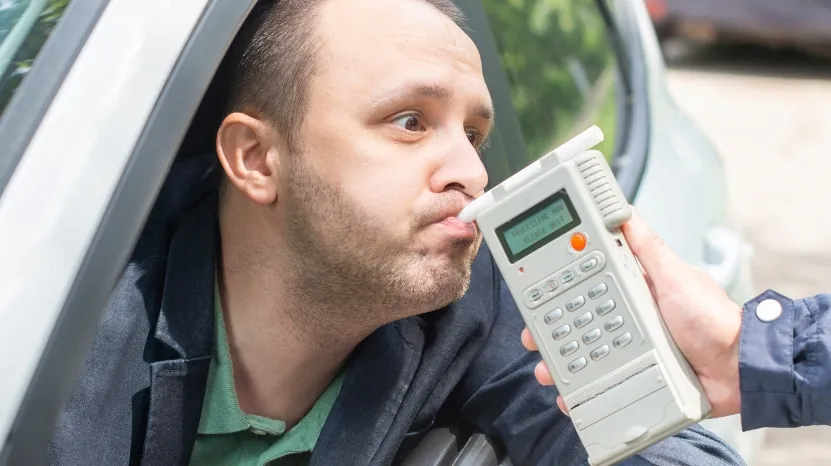
Before 2004, the limit varied widely. Some states had thresholds as high as 0.10% or 0.15%. The change came when Congress passed a law tying highway funding to BAC enforcement.
It worked. By 2005, every state had adopted the 0.08% standard.
The move was backed by research showing that even at 0.08%, driving ability was significantly impaired.
Is 0.05% the Future?
Utah took the plunge in 2019. And it paid off: fatal crashes dropped by nearly a fifth. That caught the attention of lawmakers elsewhere. States like New York, Hawaii, Washington, and Connecticut are now debating whether to follow suit.
The National Transportation Safety Board (NTSB) has been pushing for a nationwide 0.05% limit since 2013. They argue it could save thousands of lives. Opponents worry it penalizes responsible social drinking and could hurt the hospitality industry.
Globally, over 50 countries already use a 0.05% standard or lower.
Even a Little Can Be Too Much
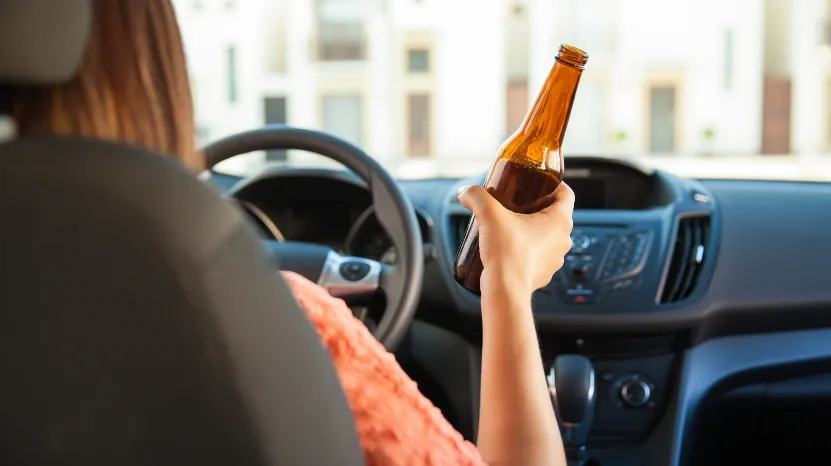
BAC isn’t a magic line. You could blow under 0.08% and still drive like someone who’s impaired. Officers can charge you based on your behavior, even without hitting the legal limit.
If you’re swerving, running stop signs, or driving too slowly, it doesn’t matter what the number says.
Some drivers might be impaired at 0.04%, depending on body weight, metabolism, what they ate, or how fast they drank. It varies.
Final Thoughts
@nowthis This clip from a 1980s TV news report is going #viral for the way Californians reacted to new laws against drunk driving #tv #news #california #drunk #driving #laws #throwback #history ♬ original sound – nowthis
Every state might set its own laws, but the takeaway is the same: driving after drinking carries serious risks. Most people don’t intend to break the law. They think they’re okay. But those few drinks can turn into thousands of dollars in fines, a suspended license, or worse.
Utah’s shift to 0.05% is a sign of where things might be headed. Whether the rest of the country follows is still up for debate. But the numbers don’t lie. More limits, better enforcement, and a little extra caution could save a lot of lives.
So if you’re out and you’ve had a drink, even just one, the best move? Get a ride. Call a friend. Grab a cab. You’ll thank yourself later.
Related Posts:



